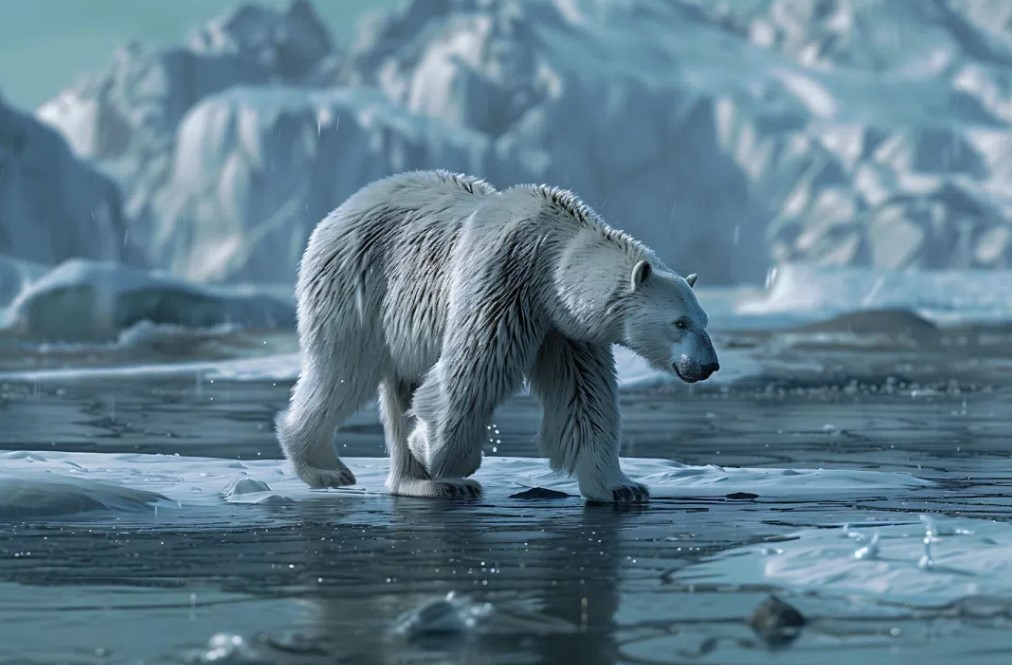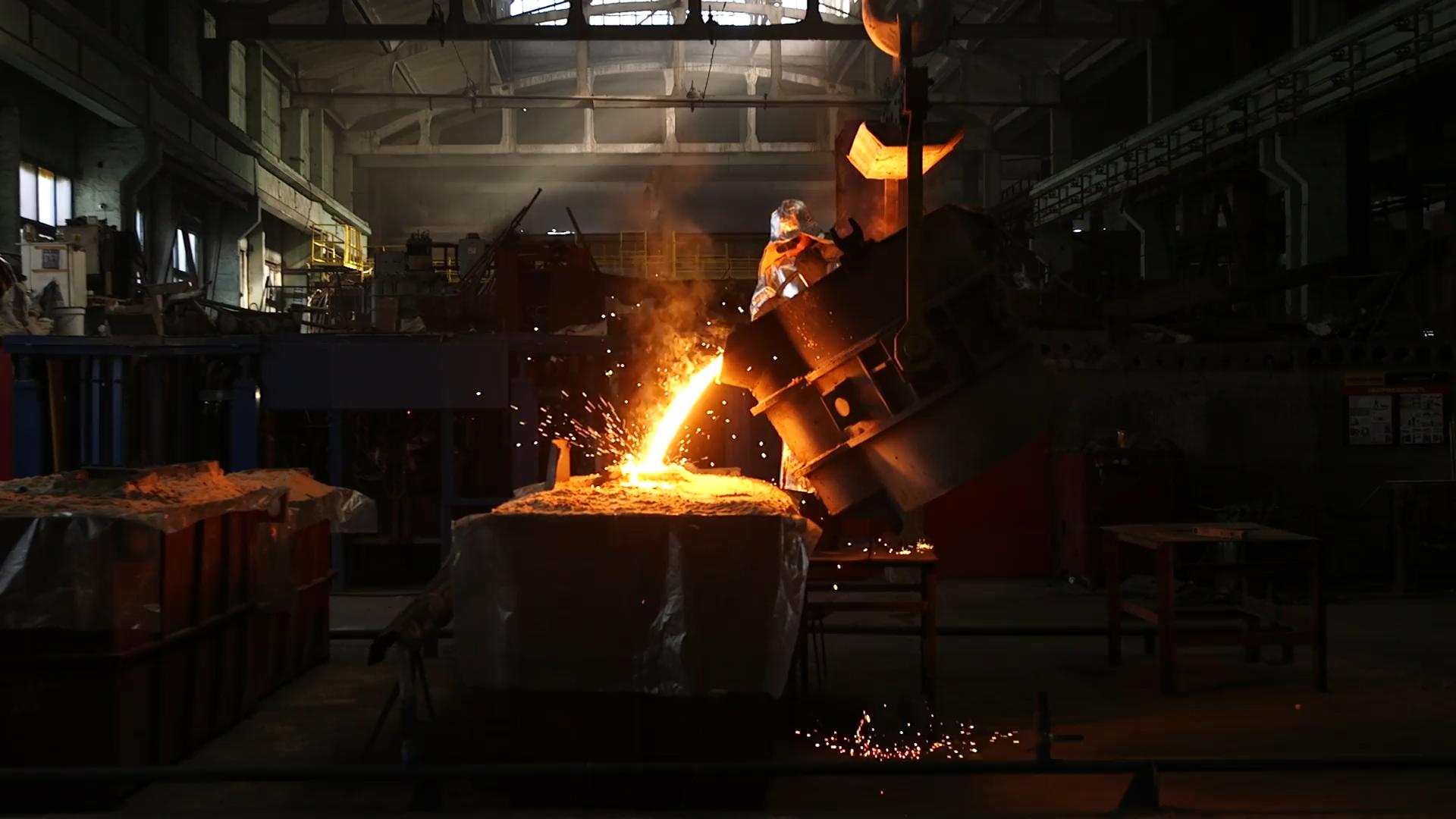
Arctic Region Now a Major Source of Carbon Emissions Due to Warming and Wildfires
The Arctic tundra, long recognized as a vital carbon sink that absorbs carbon dioxide from the atmosphere, has now become a significant source of carbon emissions. According to the 2024 Arctic Report Card from the U.S. National Oceanic and Atmospheric Administration (NOAA), the dramatic shift is due to rising temperatures and increasingly severe wildfires. As a result, the Arctic, which had previously helped mitigate climate change by storing carbon in frozen soils, is now contributing to the very problem it once helped alleviate.
NOAA Administrator Rick Spinrad warned that this development would worsen climate change impacts: “The Arctic tundra, which is experiencing warming and increased wildfire, is now emitting more carbon than it stores, which will worsen climate change impacts,” he said. This dramatic change underscores the urgency of reducing fossil fuel emissions and addressing the accelerating climate crisis.
Arctic Warming Intensifies Carbon Release from Thawing Permafrost
One of the primary drivers behind the Arctic’s role reversal in the carbon cycle is the thawing of permafrost. Permafrost—soil that has been frozen for millennia—traps large quantities of carbon, which is released as the ground warms. As the Arctic warms up to four times faster than the global average, the thawing of permafrost accelerates, releasing carbon dioxide and methane into the atmosphere. The 2024 report revealed that permafrost temperatures were among the warmest on record, indicating an ongoing and alarming trend.
Along with thawing permafrost, climate change has led to an increase in wildfires across the Arctic. Wildfires in high-latitude regions have intensified, burning larger areas and releasing even more carbon into the atmosphere. In fact, 2024 saw the second-highest levels of wildfire emissions north of the Arctic Circle. Wildfires also strip away the insulating soil layers, which further accelerates the thaw of permafrost, creating a feedback loop that exacerbates carbon release and accelerates global warming.
Arctic Climate Change Accelerates with Unpredictable Impacts on Ecosystems and Communities
The report also highlighted how climate change is forcing Arctic ecosystems—and the Indigenous communities that rely on them—to rapidly adapt to an increasingly unpredictable environment. Rising temperatures, shifting precipitation patterns, and the growing intensity of wildfires threaten the health of plants and wildlife in the region. These changes are particularly problematic for Indigenous communities, whose way of life and livelihoods are tightly intertwined with the land.
Twila Moon, lead editor of the Arctic Report Card and a deputy lead scientist at the National Snow and Ice Data Center, emphasized the need for immediate adaptation efforts: “This year’s report demonstrates the urgent need for adaptation as climate conditions quickly change.” She also pointed to the critical role that Indigenous knowledge and community-led research can play in informing effective responses to the rapid changes in the Arctic.
The Need for Holistic, Comprehensive Data on Arctic Carbon Dynamics
The Arctic Report Card underscores the necessity for accurate and comprehensive data on carbon dynamics in the region to understand the full scope of its impact on global climate change. Dr. Sue Natali, a lead scientist at the Woodwell Climate Research Center, stressed the importance of quantifying these emissions: “We need accurate, holistic, and comprehensive knowledge of how climate changes will affect the amount of carbon the Arctic is taking up and storing, and how much it’s releasing back into the atmosphere.” Gathering this data is crucial for developing effective mitigation strategies and ensuring the world can respond to the growing threat of climate change.
Key Findings from the NOAA 2024 Arctic Report Card:
- Carbon Emissions Surge: The Arctic tundra has become a source of carbon emissions, emitting more carbon than it stores due to warming temperatures and intense wildfires.
- Accelerated Warming: The Arctic is warming up to four times faster than the global average, leading to the thawing of permafrost and the release of stored carbon, including potent greenhouse gases like methane.
- Wildfires Amplify Emissions: Increasing wildfire frequency and intensity in the Arctic are contributing significantly to carbon emissions, while also exacerbating permafrost thaw.
- Urgency for Adaptation: The rapidly changing Arctic climate requires urgent adaptation strategies, especially for Indigenous communities whose traditional livelihoods and health are under threat.











Leave a Reply
You must be logged in to post a comment.